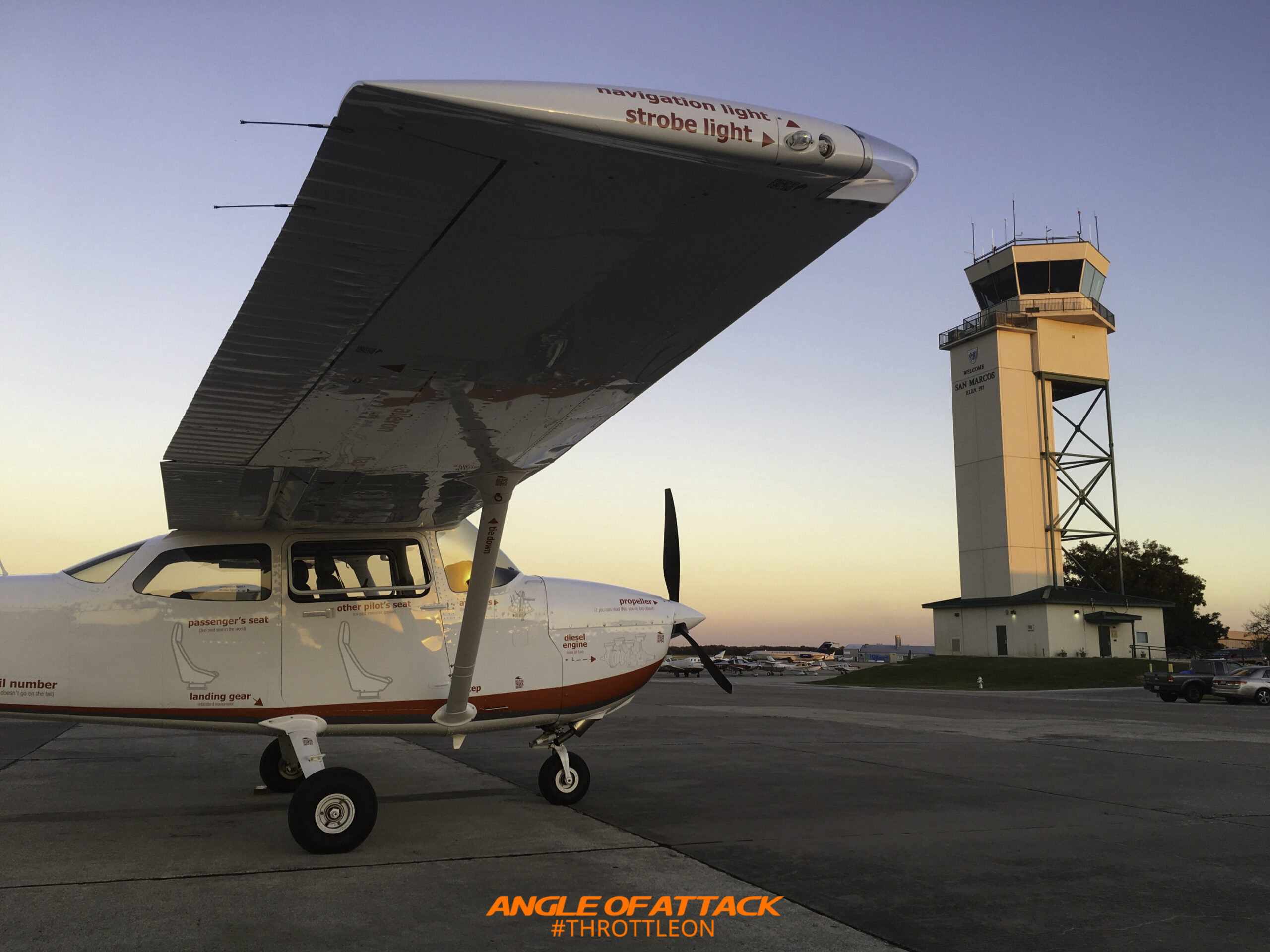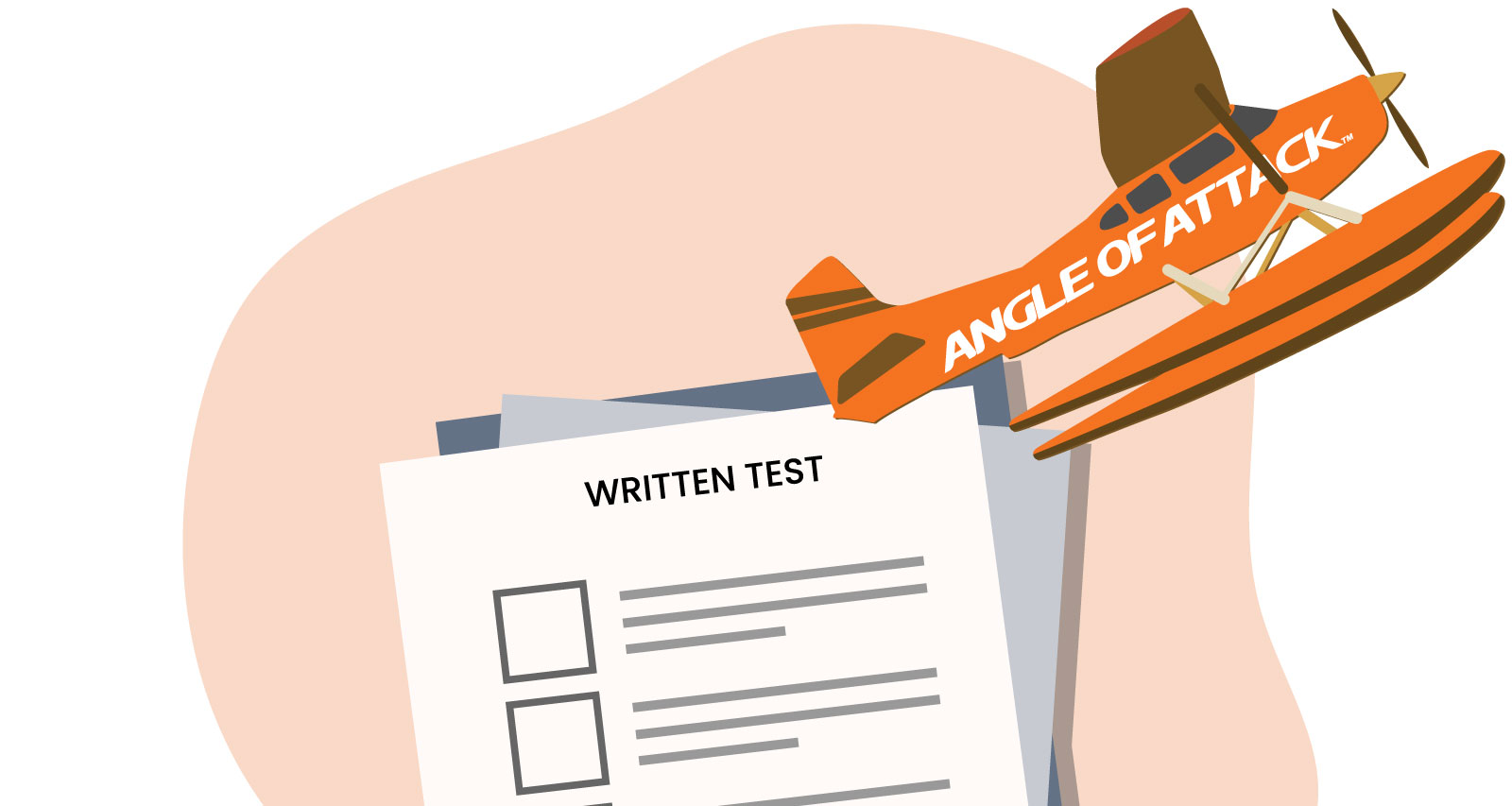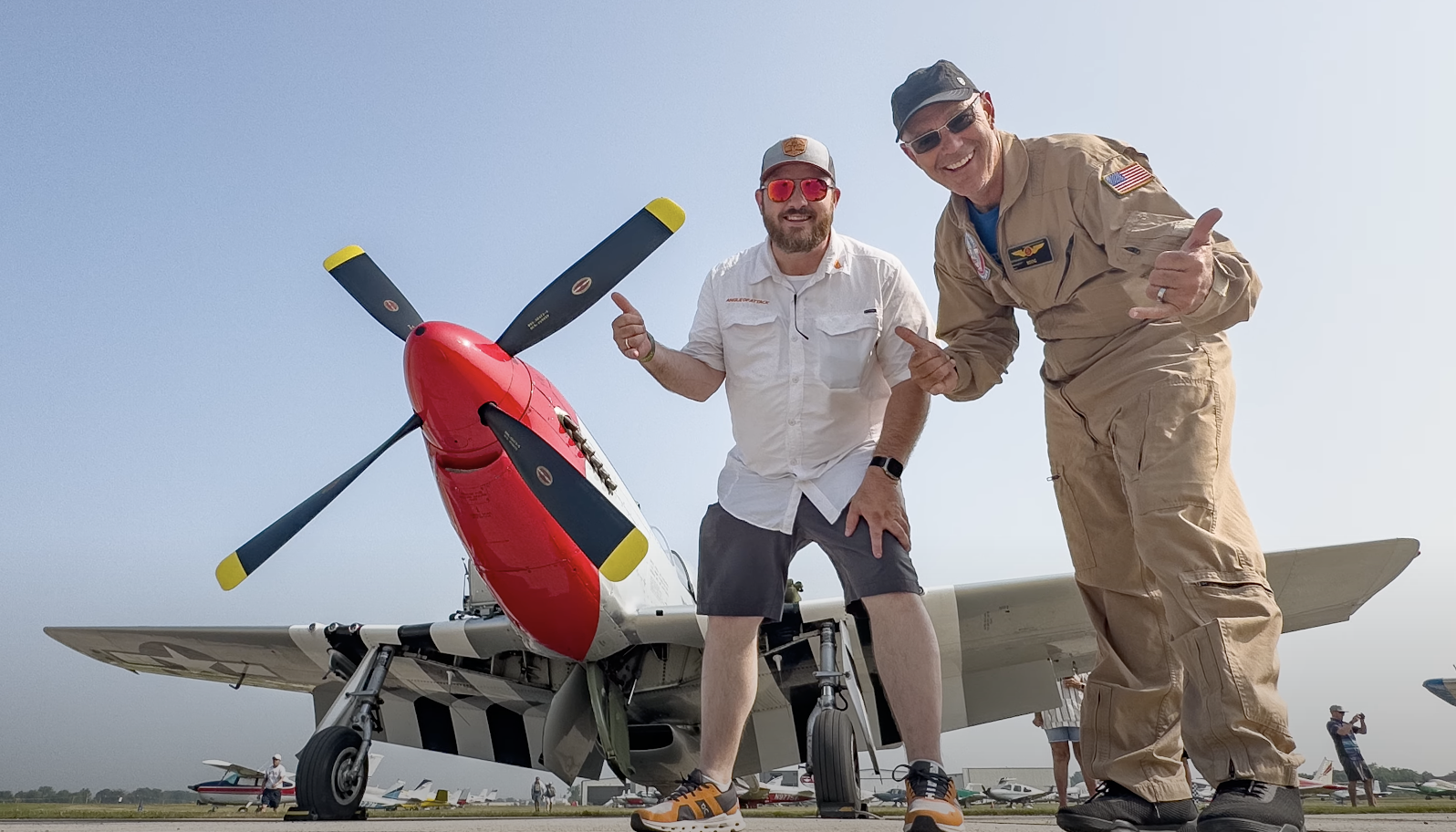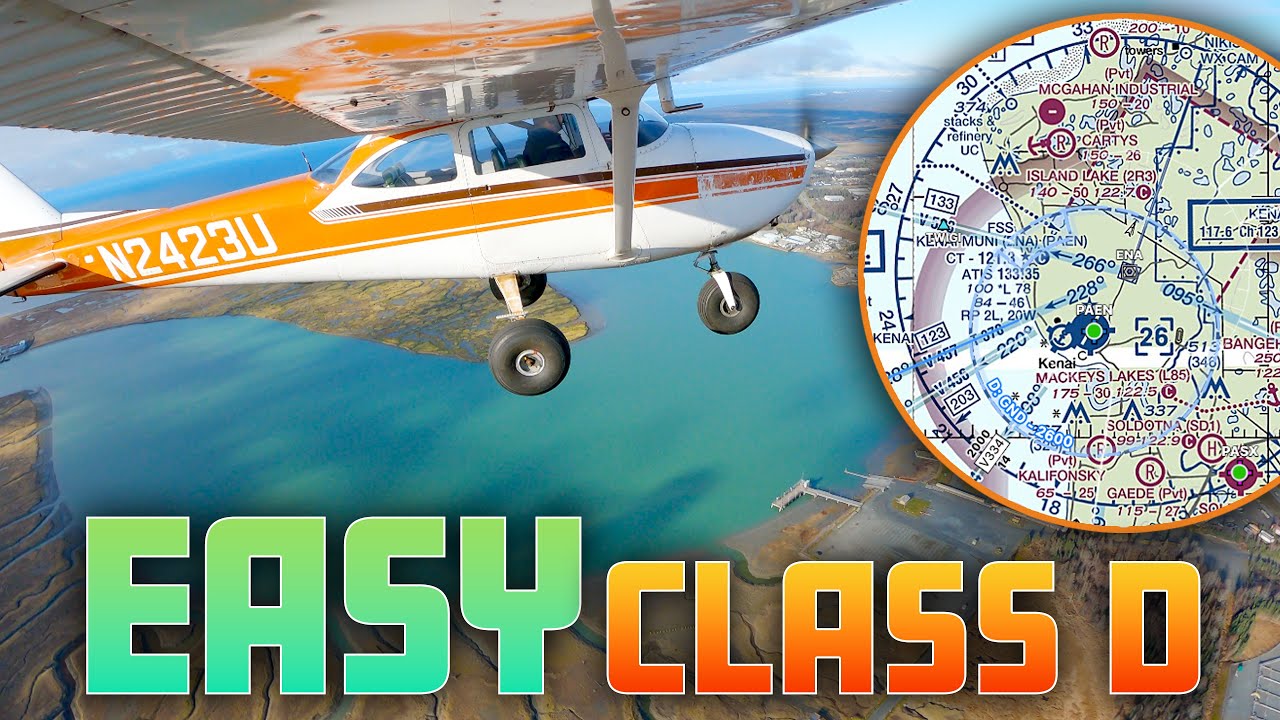
Are you nervous about flying into Class D Airspace, and communicating with ATC? Our CFI, Chris Palmer, will teach you how to fly into Class D Airspace, communicate with ATC, and do so safely and correctly.
Flight Training can be a little nerve-racking because there’s so much to learn. One thing student pilots are particularly scared of is communicating with ATC. But it doesn’t have to be scary, so that’s why we take you through the steps.
Class D Airspace is the most simple airspace there is with a control tower. So this is a great place to start.
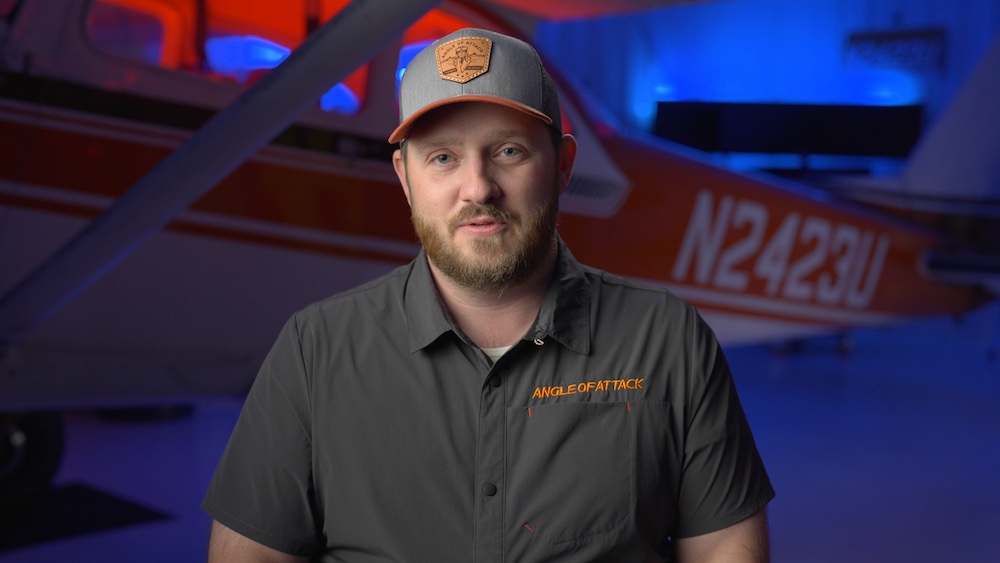

Stay Connected
Be the very first to get notified when we publish new flying videos, free lessons, and special offers on our courses.



